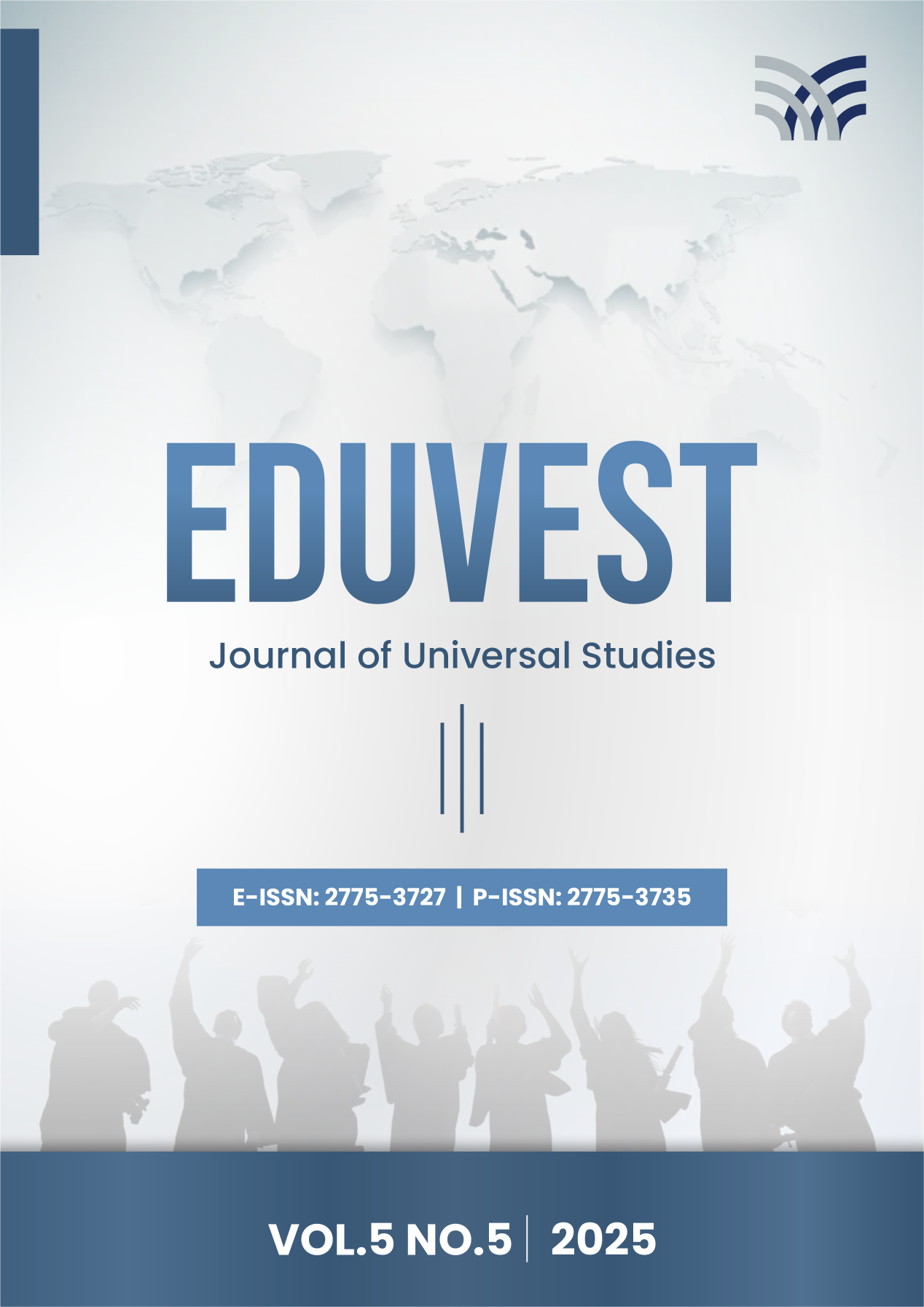Implementation of Orange Data Mining for Employee Turnover Prediction of Company X
DOI:
https://doi.org/10.59188/eduvest.v5i5.50814Keywords:
Turnover, Orange Data Mining, Data Analytics, PredictionAbstract
Employee turnover presents a significant challenge in Human Resources, particularly for companies operating across broad geographic areas such as Indonesia. High turnover rates can disrupt organizational continuity, increase recruitment costs, and affect overall performance. To mitigate these impacts, companies need to predict employee turnover likelihood accurately. This study uses the Orange Data Mining platform to compare the effectiveness of various machine learning models in predicting employee turnover. The models evaluated in this research include Support Vector Machine (SVM), Naive Bayes, K-Nearest Neighbors (K-NN), Neural Network, Decision Tree, and Logistic Regression. Model performance was assessed using cross-validation, Receiver Operating Characteristic (ROC) analysis, and confusion matrix metrics such as precision, recall, and false positives. The findings reveal that the Naive Bayes model outperforms the other models, demonstrating the highest precision rate and the lowest false positive rate. These results suggest that Naive Bayes offers a reliable and efficient approach to turnover prediction, enabling Human Resource departments to implement proactive retention strategies. This study implies that data-driven decision-making in HR analytics can substantially improve workforce planning and reduce the operational costs associated with high turnover.
Downloads
Published
How to Cite
Issue
Section
License
Copyright (c) 2025 Thomas Wigung Aji Prayitna, Imam Yuadi

This work is licensed under a Creative Commons Attribution-ShareAlike 4.0 International License.











